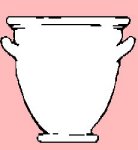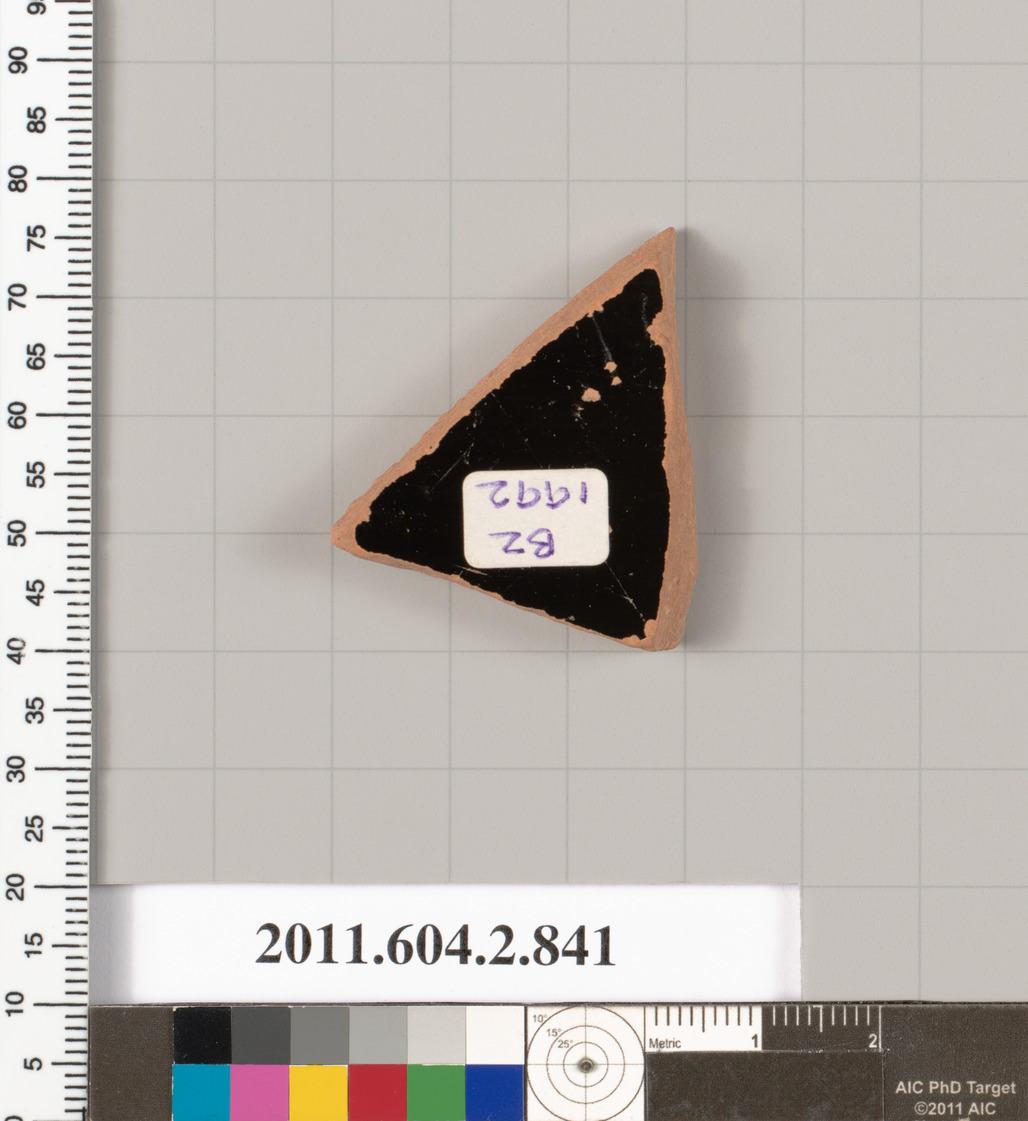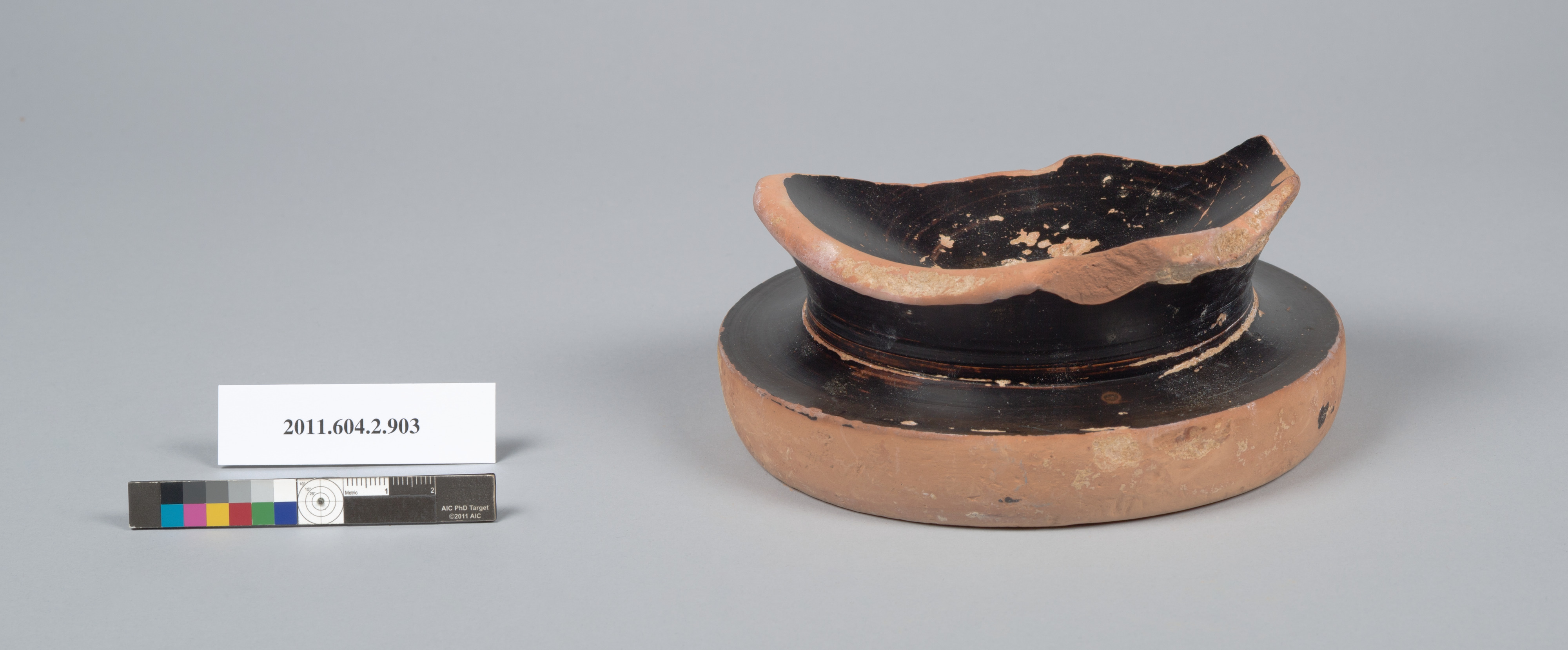
These formed the nucleus for Hope's own collection of vases, which he displayed at Duchess Street. In 1801 Hope purchased the second collection of ancient vases formed by Sir William Hamilton, formerly the British Ambassador to the Naples court. (1807), illustrating objects he had designed for his London house at Duchess Street. The most important of these publications was Household Furniture and Interior Decoration. The vase was once owned by Thomas Hope (1769-1831), the collector, connoisseur, patron and designer, who published a number of influential books of designs.
.jpg)
ISBN 978-1-85233-193-1.The krater was an ancient Greek vase with two handles that was used to mix wine and water. Celestial Objects for Common Telescopes (6th revised ed.). "Report on Lunar Nomenclature by the Working Group of Commission 17 of the IAU". Who's Who on the Moon: A Biographical Dictionary of Lunar Nomenclature. A similar-sized lunar dome is located an equal distance to the west, designated Arago Beta (β).Īrago is a crater of Eratosthenian age. To the north is a large lunar dome designated Arago Alpha (α). The surface of the mare nearby is marked by wrinkle ridges, most notably to the east and southeast.


There is a central ridge that runs towards the northern wall. The rim of Arago has a bulge in the western wall. To the southeast is the large Lamont formation that has been submerged by the mare. To the southwest lies the crater Manners, and beyond are Dionysius and the Ritter– Sabine crater pair.

It was named after French astronomer François Arago in 1935. Arago is a lunar impact crater located in the western part of the Mare Tranquillitatis.


 0 kommentar(er)
0 kommentar(er)
